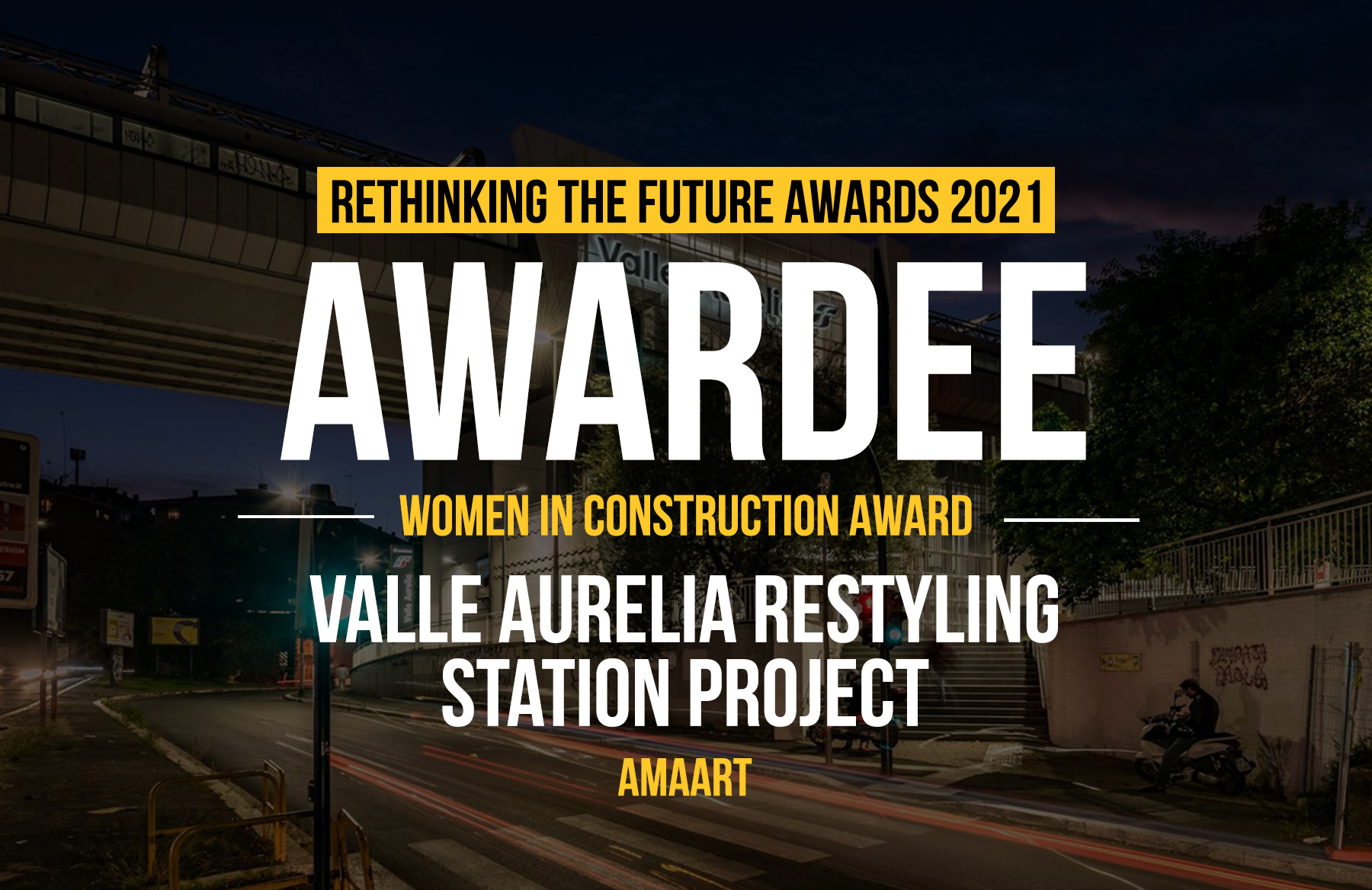Preface: Roman Empire built up a lot of public space, such as Colosseum and bathing spot, to covey the thought of “popular sovereignty”. However, in the pace with empire prosperity those places became to a symbol of domination which led to empire collapsing.
I considered that is constructing the space more likely to constructing the culture? The thought inside building was incessantly adapted?
Architect: Mia Hsu
Country: Taiwan

Taiwan, as a once colonial of japan, remained a lot of traditional Japanese dormitory, and it’s too long to reject the truth that Japanese culture became a part of us, with the fifty-year domination. Taipei, as a capital of Taiwan, faced a dilemma of conservation, due to increasing demand of urban developing. Now, most of dormitories are damaging day by day. What the role of dormitory should be in the future?

Site Analyze: Chi-Tean dormitory group located in the central of Taipei, comparing to high-rise buildings outside the street block, which likes a fantastic scenery having a large-field forest and pleasant scale, due to the low building coverage ratio. Currently, Chi-Tean street block still exists 28 Japanese dormitories, only 3 dormitories are well-preserved, using for coffee shop or bookstore, and other 17 dormitories are constantly damaged. Because the local government policy forbids to dismantle dormitory, the residents, to acquire the benefits from reconstruction, take a passive way – let dorm naturally breaking down.

Concept: Propose to a concept – “Reconstruction Factory”, facing to 17 damaging dormitories, recycling and reusing dorm materials at local region which let damaging dormitories can exist as another form.
Construction is not achieved at one time. However, once the dorm dismantles, once the construction begins. Factory not only provides the functional public space, but preserves the Japanese culture. This approach gives a way to alter the relationship between dorm and city time by time, to provide the city’s needs. It reveals the truth that – “Culture services the city rather than city services the culture”.

Deconstruction & Reuse: According to the actual experiences, the 85% of deconstruction can be done with basic tools by human. Four peoples, five days can dismantle a dorm, 120 square meters. Previous experiences let this concept be possible.
Deconstruction brings six kind of materials, Wood, Brick, Glass, Metal Components, Door & Window and Furniture. Most of materials have not efficient reuse, for sale or renunciation, due to limited economic benefits. Reusing materials at local area not only increases the economic benefits but preserves the cultural value.
Construction: Seven damaging and empty dorms compose initial construction system, having a function of basic processing of materials. Along with dorm recycling, the public space increases and consistently rises up. This process not only reuses the materials but connects memory, culture and city again.

Cultural Landscape after Tomorrow: Visitors not only experience the space and Japanese culture but the landscape of Chi-Tean street. With the steadily recycle dormitories, the forest and pleasant scale disappear at the same time. Visitors may climb up to see the wonderful scenery, but they find that most of dormitories are replaced by concrete buildings.
When the Visitors hope to see the substantial Japanese Culture, however, they immediately realized that this culture already disappeared.
Prev Post
HINDU TEMPLE | SANJAY PURI ARCHITECTS
1 Min Read




